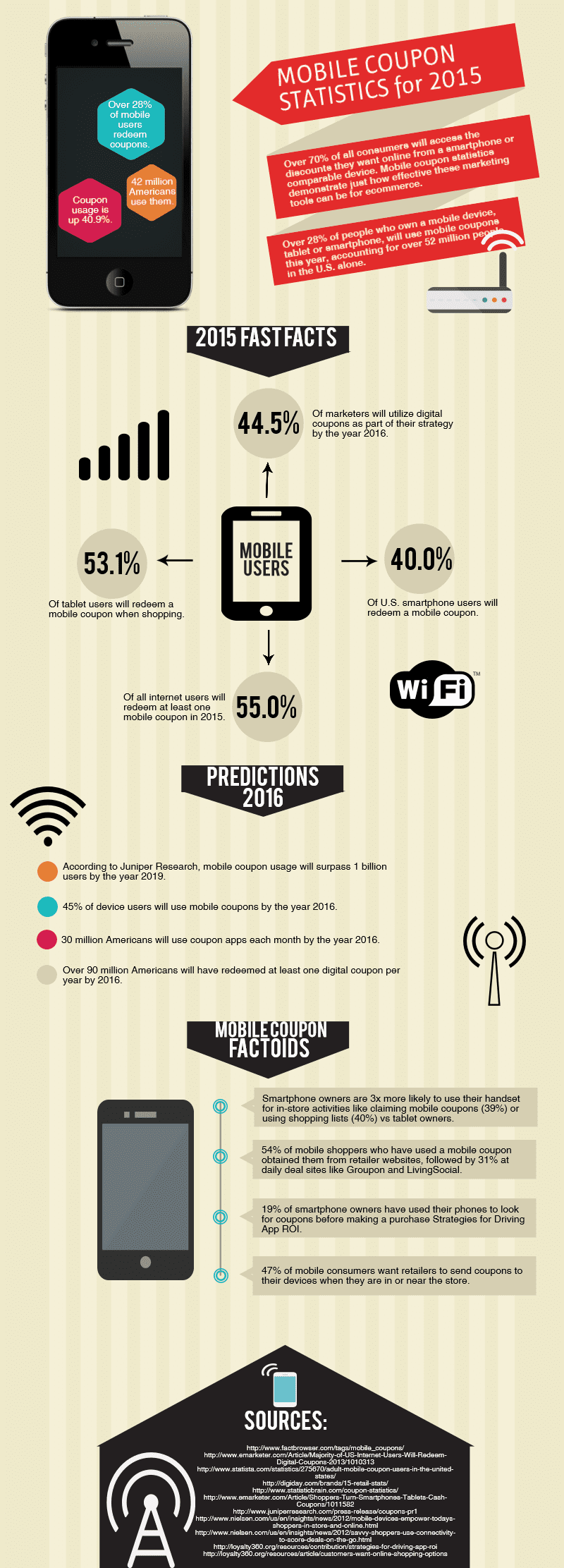Mobile Retailing Facts Highlight Surge In Handset Spending

The current mobile retailing facts demonstrate just how viral this shopping trend has become. With smartphones getting more and more capable each year, it’s easier than ever to make a purchase in just a few clicks using an app or a mobile browser combined with the security and convenience of a digital wallet.
Most People Have a Smartphone
With over 1.2 billion people accessing the internet from a smartphone, according to Trinity Digital Marketing, mobile retailing is on its way to becoming the next mainstay in ecommerce. U.S. consumers represent the most saturated smartphone market, with comScore saying that 58% of people here own a smartphone. Considering that the population of China is roughly 1.3 billion people, there’s an entire digital population using smartphones during the present day.
Smartphones Get A Lot Of Looks
Your smartphone is viewed by you a lot more than you may even suspect. Since smartphones are capable of performing a wide variety of sophisticated tasks, they are becoming more relied upon by the consumers who use them.
According to Mashable, the average person will look at their smartphone at least 150 times per day. This equates to one time roughly every six minutes. Unsurprisingly, as it relates to mobile retailing, smartphones are quickly becoming the preferred shopper’s research tool of choice (and are slowly inching towards ultimately becoming the preferred destination for online shopping, too).
People Prefer To Conduct Research Via Handsets
Perhaps one of the biggest contributing mobile shopping facts today is that consumers prefer to conduct a majority of their research via their smartphone handset. This one isn’t all that strange, when you really think about it. For example, have you ever wondered about a product when engaged in conversation and found yourself researching it online from your smartphone?
Think tank Nielson says that about 59% of smartphone owners in the U.S. use their device to research a product before making a purchase. But tablets top the cake here, with about 65% of tablet owners doing the same thing.
Most Smartphone Purchases Are Spontaneous
Never discredit the human likening for spontaneity. This is especially true when it comes to impulse purchases (the very same reason why convenience stores have candy racks and odd trinkets lining the front of the checkout counter).
According to Acro Mobile, 81% of all smartphone purchases are actually entirely spontaneous. Take a look at this infographic, courtesy of Quick Sprout to gain a better understanding of this mobile retailing phenomenon.
Mobile Spend Set To Top $90 Billion
Recent reports outlining mobile retailing facts explains just how savvy consumers have become when making purchases from their smartphone. It boldly predicts that by the end of 2017, consumers will be opening their digital wallets and spending at least $90 billion per year via their handsets. Tantamount to that is the convenience of the mobile wallet, something that 50% of smartphone users will rely upon for completing daily transactions by the year 2016.
Coupons Get Redeemed, A Lot
The most recent mobile coupon statistics for 2015 paint a pretty picture of just how popular these instant digital discounts have become. Current statistics project that at least 96% of smartphone users will conduct a search for mobile coupons, and 80% of mobile coupon users will be searching for these coupons to get the best deal. In 2013, reports found that over 66 million digital coupons were redeemed, telling of how effective a marketing option they are for online retailers and services providers.
Mobile Advertising Spending On The Rise
As mobile retailing takes center stage, advertisers are getting on board and opening their pockets to spend more. According to think tank Statistica, marketers are dropping at least $35.55 billion per year currently on ads, but are set to increase that to $59.67 billion by 2017; a stark increase year-over-year that is representative of the return-on-investment being seen from current spending patterns.
In-Store Research Is Commonplace
While mobile retailing is catching up to brick and mortar, the majority of U.S. consumers still prefer to spend in-store after researching a product using their smartphone. A Prism report finds that 62% smartphone users are ready to tender payment via their phone in-store out of sheer convenience, but that 53% will research the product they are considering before making a purchase. Yet, only 36% of these shoppers will actually read product reviews before tendering an in-store purchase.
Mobile Sites Are a Must
Newer reports are finding that if you don’t have a mobile site, it’s paramount to being closed for a full day each week online. According to Get Busy Media, 50% of consumers want to be able to seamlessly place product orders online from their smartphone or you will lose their business. This infographic helps better illustrate just how imperative your mobile website really is, and how conducive it can be for attracting more online sales and generating more revenue.
Shipping, Returns Greatly Influence Sales
Bear in mind that consumers are also looking for two things when shopping from any mobile site: convenient, affordable or free shipping options (about 79%); and easy, hassle-free returns (about 81%). If you fail to address these two key amenities, it won’t matter how good your mobile site looks or how well you marketing it.
Make sure you are prepared to offer the lowest shipping rates with ReadyShipper shipping software. Each copy comes with Flat Rate Select to get you instant, built-in discounts on Priority Mail and Express Mail up to 20-pounds. Use the shipping calculator below to find out how much you can save.
Share On:










